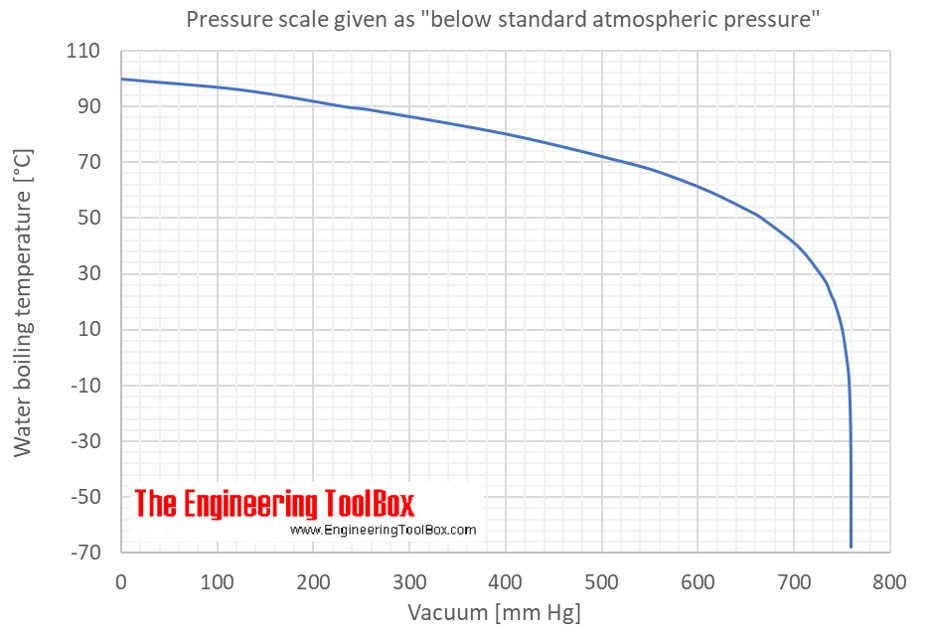- Joined
- Jul 24, 2014
- Messages
- 165
- Reaction score
- 30
I just purchased a magnetic drive pump that says it’s rated up to 240 degrees. If I’m transferring boiling (or nearly boiling) water/wort through it, I’m still worried about subjecting the hoses to fluid that hot. The hose I bought is 1/2” high-temp silicone hose, made by Midwest Home Brewing. However, doesn’t say what temp it’s rated for. Should this be a concern?
jackson
jackson





